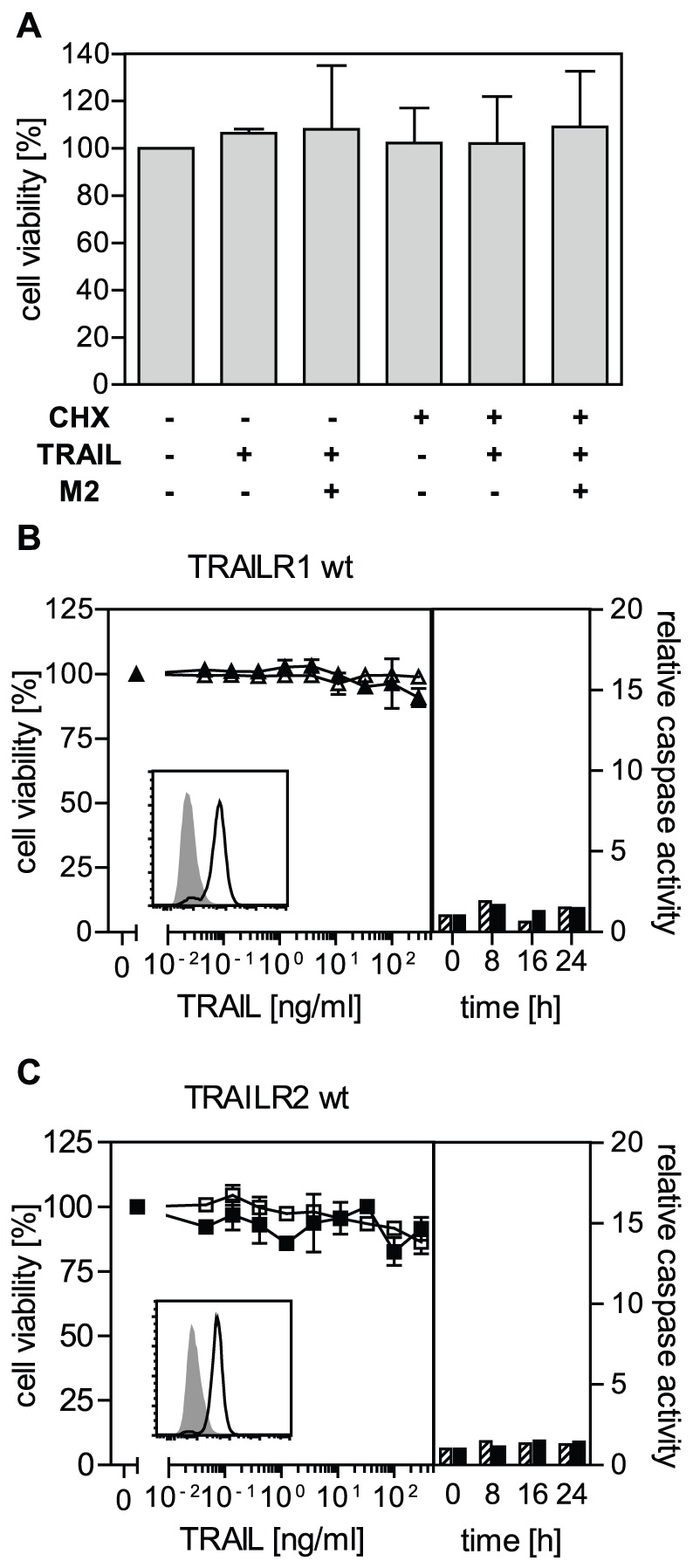Figure 1. Wild type mouse-derived immortalized fibroblasts, as well as TRAILR1- and TRAILR2-positive transfectants lack sensitivity to TRAIL-induced cell death.

A. Mouse fibroblasts are nonresponsive to the cytotoxic effects of TRAIL. Cells were treated with FLAG-TRAIL (400 ng/ml) in the absence or presence of the crosslinking anti-FLAG antibody M2 (2 µg/ml; 1 h 37°C) and/or 0.5 µg/ml cycloheximide, as indicated. Cell viability was determined by crystal violet staining the next day. One representative experiment (n = 3, shown are the mean values ± standard deviation (SD)) out of three is shown. B and C. Immortalized mouse fibroblasts were stably transfected with wild-type human TRAILR1 (B) or TRAILR2 (C) expression plasmids. Cell viability was determined by crystal violet staining following 16 hour incubation with cross-linked FLAG-TRAIL in the absence (open symbols) or presence (closed symbols) of cycloheximide (0.5 µg/ml). One representative experiment (n = 3, shown are the mean values ± SD) out of three is shown. Caspase-8 (dashed bars) and caspase-3 (black bars) enzymatic activity following triggering of indicated receptors with FLAG-TRAIL (previously cross-linked with anti-FLAG M2 antibody, 1 h 37°C) was quantified using specific fluorogenic substrates (Ac-IEPD-AMC and Ac-DMQD-AMC, respectively). The insets show the expression pattern of the human TRAIL receptors as analyzed by flow cytometry. One representative experiment (out of three) is shown.
